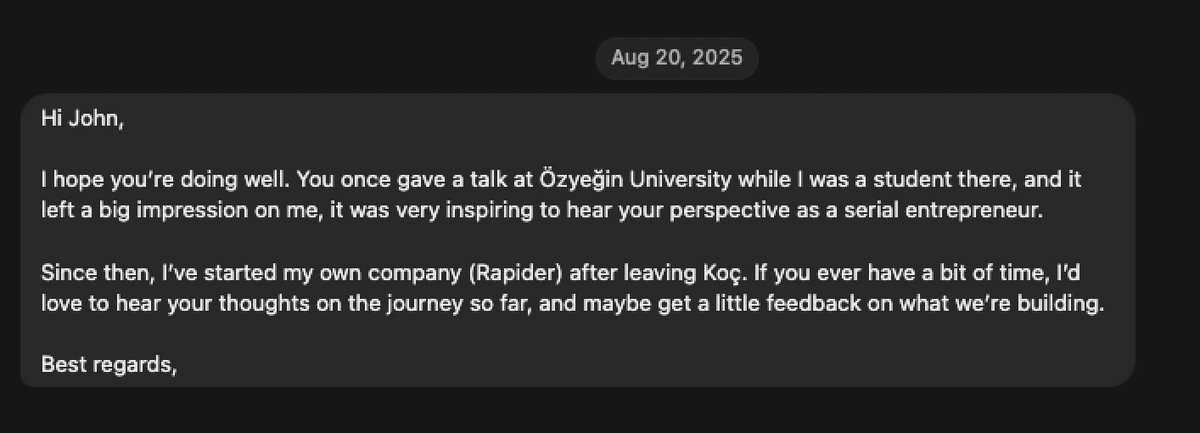Sublime
An inspiration engine for ideas
【人生1発目の起業は、生成AIでいくべきか?Web3で行くべきか?】
《自分の結論》
私は、「Web3で起業する方が好ましい」と考えています。
(ただし、どちらにもそれぞれのメリットがあります。後述。)
《問いの背景》
スタートアップの世界において、1発目の起業で当てられる起業家は、ほとんど存在しません。
実際、大きな資金調達に成功してい��る起業家/大... See more
安藤奨馬 | シード特化VC 「TRUST SMITH & CAPITAL」代表x.comVertical SaaSの投資先数社集めて以前開催した勉強会はSalesとCSの話題が中心だったけど、今度は投資先以外もお呼びして開発についても話してみたい。
興味ある方いますか?🙋♂️
月単価5万〜20万円程度の既存産業×SMBのサービスを想定しています。もしいらっしゃればDMしてください〜!
一戸 将未|シードVCx.comover the next few weeks/months, @ajaysabs and I will start to share a little more about our other product called “Communities”. this is a product we started building a number of years ago. the platform hosts over 3 million community members from over 190 countries. customers include everything from non-profit organizations to fortune 500 companies.... See more
Steven Yuenx.comStartup Life
Justin Reidy • 2 cards
20+ Best Startup Communities for Founders and Entrepreneurs
upsilonit.com
